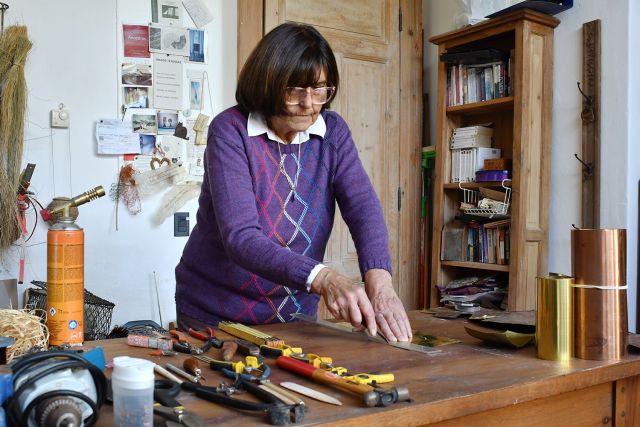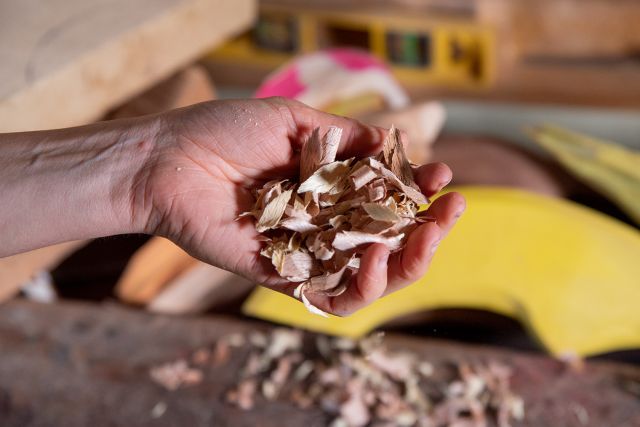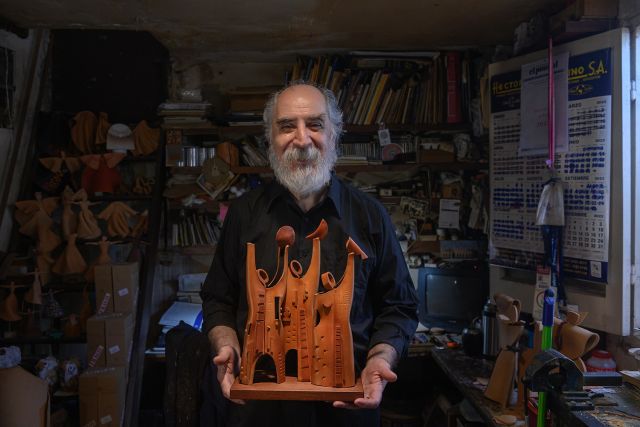Here are two ovoid pottery volumes made on the potter's wheel, assembled and decorated. The graphics were made in the raw clay, with contrasting graphite engobe and exposed paste.
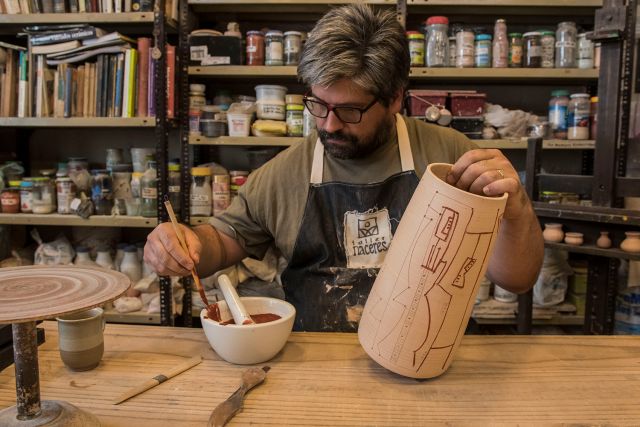
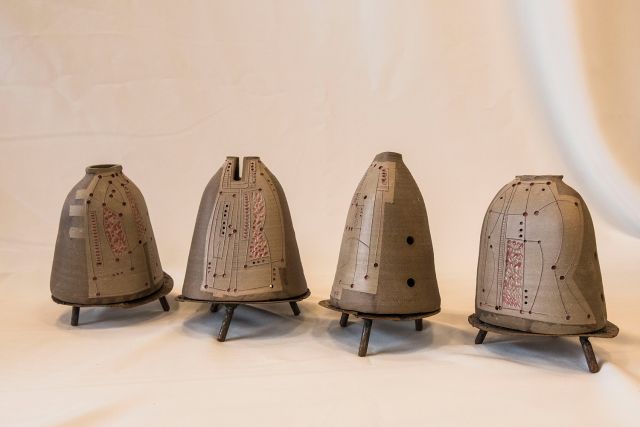
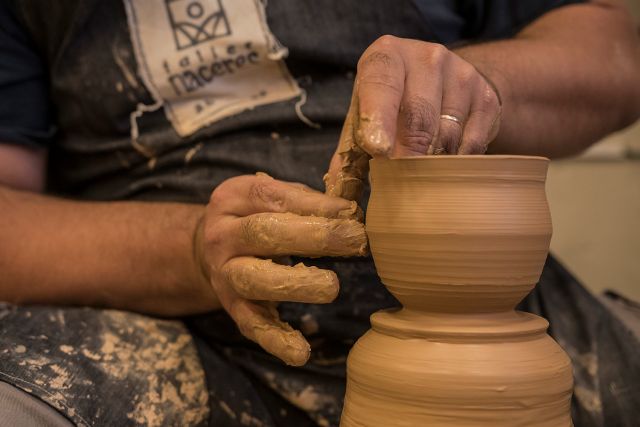
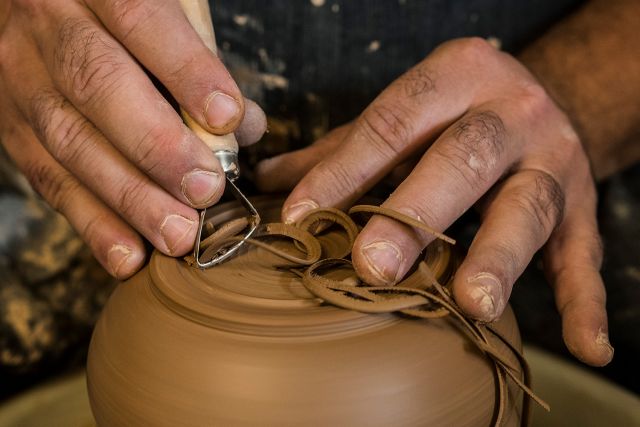
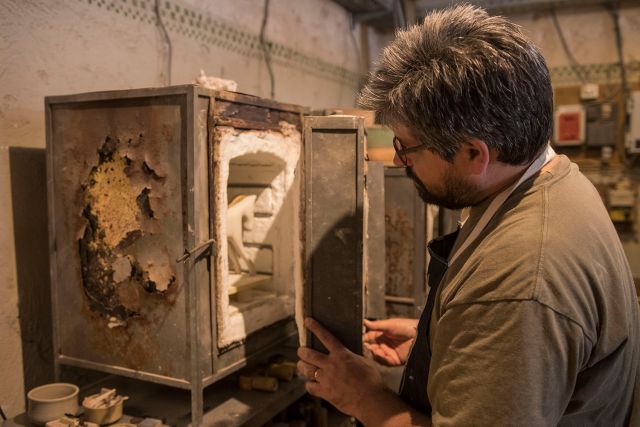
Javier Wijnants
- Taller Naceres
- Ceramicist
- Montevideo, Uruguay
- Master Artisan
By appointment only
+598 94254734
A fascination for the potter's wheel
- • Javier makes his ceramics on the potter's wheel
- • He crafts functional pieces as well as artistic ones
- • He works mainly with stoneware paste
For Javier Wijnants it all started as a hobby at the age of 13. When he turned 17 he began to work as an assistant and apprentice in a ceramics workshop, and later trained with other potters and in other workshops. "Ceramics and pottery on the wheel captivated me, with the desire to investigate and delve more deeply into various techniques. When I learned about the possibilities of stoneware, it ended up determining my vocation for this craft," says Javier. "In 1996 I did my training in stoneware, at Taller Barrientos, a course of stoneware pastes and glazes, with Carlos Barrientos and Julio Roldan, among other workshops and courses, seminars, symposiums and meetings with ceramicists in Uruguay and Argentina," he says. At present, his production centres on the potter's wheel, both for the production of functional and signature pieces. Javier is constantly researching pastes, mainly stoneware and stoneware glazes.
Read the full interviewWorks
Photo: ©Mariela Benítez

Photo: Eduardo Baldizán©Jorge Caggiani
This is a group of four ovoid pottery volumes made from the potter's wheel: assembled and decorated. The patterns are made in the raw clay, with contrasting engobe of graphite colour and exposed paste in stoneware. The application of ash glaze gives a reddish tone in the incisions.

Photo: ©Mariela Benítez
This is a pottery volume assembled with iron. It has a conical shape and feet. The graphics with incisions are made in the clay, and finished with a contrast of graphite engobe and naked paste, in stoneware. The glaze in the incisions is reddish ash. The sculptures include post-firing soldered iron.

Photo: Eduardo Baldizán©Jorge Caggiani
This duo of pottery volumes are assembled with iron. The patterns were made in the wet clay, and contrasted with a graphite engobe and stoneware. There is an ash glaze that gives a reddish tone. The sculptures were soldered with iron post-firing.





